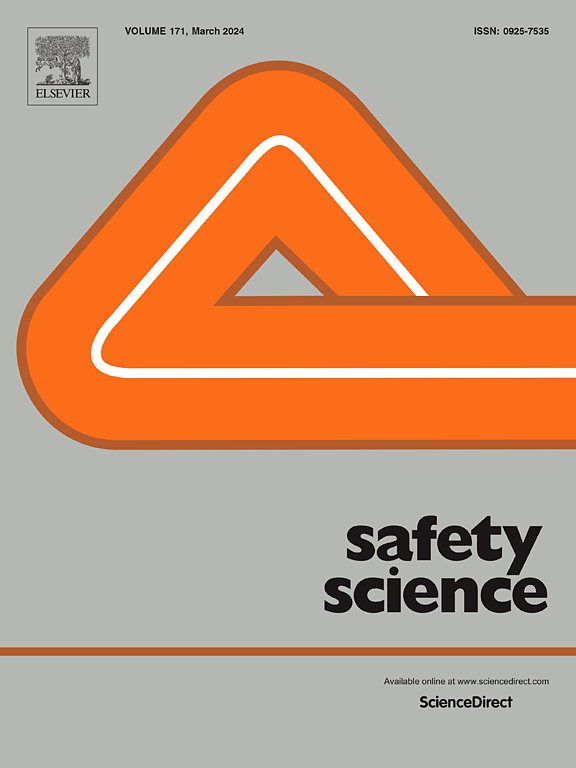The Relationships among Workload, Automation Reliance, and Human Errors in Safety-Critical Monitoring Roles
IF 4.7
1区 工程技术
Q1 ENGINEERING, INDUSTRIAL
引用次数: 0
Abstract
While advanced automation technology has alleviated human workload and gradually transformed traditional manual work to monitoring, accidents due to human errors remain one of the largest contributors to unsafe operations. To inform improved managerial decisions, this paper studies how reliance on automation, under different amounts of workload, affects the number of errors in safety–critical socio-technical systems. Using a unique real-world dataset from Railway Traffic Control Centers, that contain 410,269 controller-hour observations, we employ count model analysis to investigate the relationship between human errors with workload and automation usage. Our findings reveal that traffic controller performance (represented by human errors) has a positive relationship with workload, and an inverted U-shape relationship with automation usage. Moreover, there is a significant interaction between the level of workload and automation usage. These insights offers a nuanced understanding of how cognitive workload and automation reliance impact worker performance. Our results suggest that people make fewer mistakes when doing all of (or most of) the work manually or when monitoring the automated system that is doing all or most of the work automatically. These findings provide actionable recommendations for managers on optimizing workload and automation usage balance for safety-critical enviroments.
求助全文
约1分钟内获得全文
求助全文
来源期刊

Safety Science
管理科学-工程:工业
CiteScore
13.00
自引率
9.80%
发文量
335
审稿时长
53 days
期刊介绍:
Safety Science is multidisciplinary. Its contributors and its audience range from social scientists to engineers. The journal covers the physics and engineering of safety; its social, policy and organizational aspects; the assessment, management and communication of risks; the effectiveness of control and management techniques for safety; standardization, legislation, inspection, insurance, costing aspects, human behavior and safety and the like. Papers addressing the interfaces between technology, people and organizations are especially welcome.
 求助内容:
求助内容: 应助结果提醒方式:
应助结果提醒方式:


